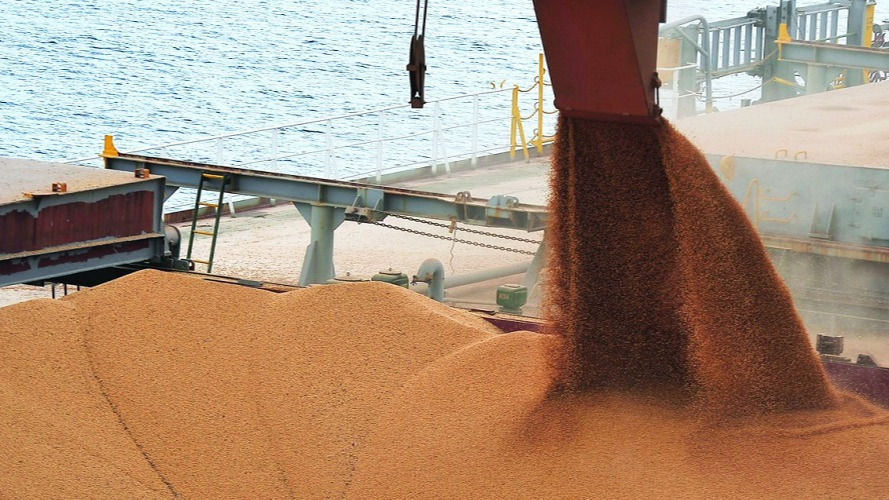In January, historical records exist for exports, trade balance, and trade flow
- Emily A. Vieira

- Feb 10, 2024
- 1 min read
In January, Brazilian exports reached US$27.02 billion, marking an 18.5% increase compared to the same period last year. The trade balance experienced a substantial surge of 185.6% compared to January 2023.

In January, Brazilian exports reached US$27.02 billion, marking an 18.5% increase compared to the same period last year. The trade balance experienced a substantial surge of 185.6% compared to January 2023.
Exports were primarily propelled by the extractive industry's growth (53.3%, reaching US$8.16 billion), with significant increases in copper ores, iron ore, and raw crude petroleum. Agriculture witnessed a 21% increase (totaling US$4.29 billion) with significant contributions from soybeans, raw cotton, and unroasted coee. The manufacturing industry saw a 4.6% increase (reaching US$14.45 billion), driven by sugar and molasses, soybean meal, and fuel oils.
Imports experienced substantial growth in the manufacturing industry (2.4%, reaching US$18.66 billion) and a significant decline in the extractive industry (-27.6%, totaling US$1.19 billion). Notable reductions in purchases included unground barley, raw or roasted cocoa, copper ores, and crude petroleum oils.
Despite an overall drop in imports, certain products, such as whole fish, non-oil fruits, and soybeans, saw significant increases.
China, Hong Kong, and Macau, along with the United States, emerged as prominent export destinations with growth rates of 53.1% and 26.8%, respectively. Noteworthy expansions in exports to Africa (27.5%) and the Middle East (42.5%) were also observed.
Imports experienced a notable increase from China, Hong Kong, and Macau (11.2%), and the United States (1.8%), while purchases from Argentina (-3.2%) and the European Union (-1.4%) decreased.




Comentários